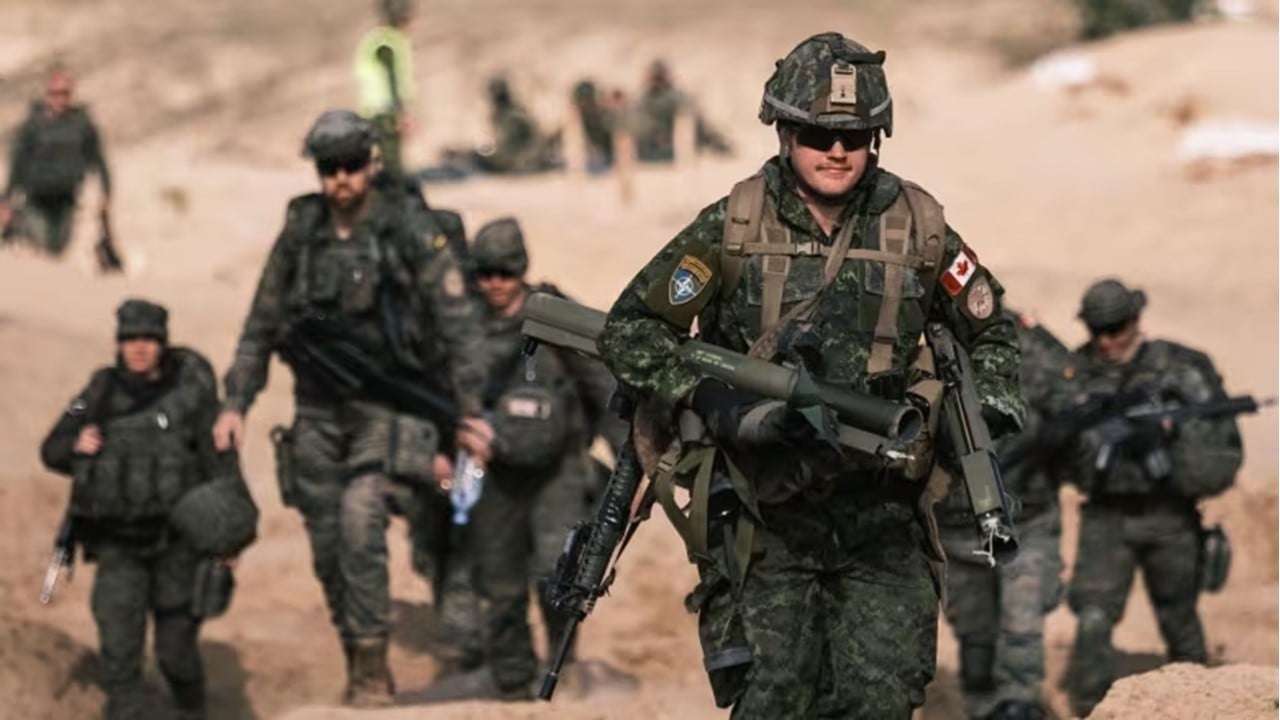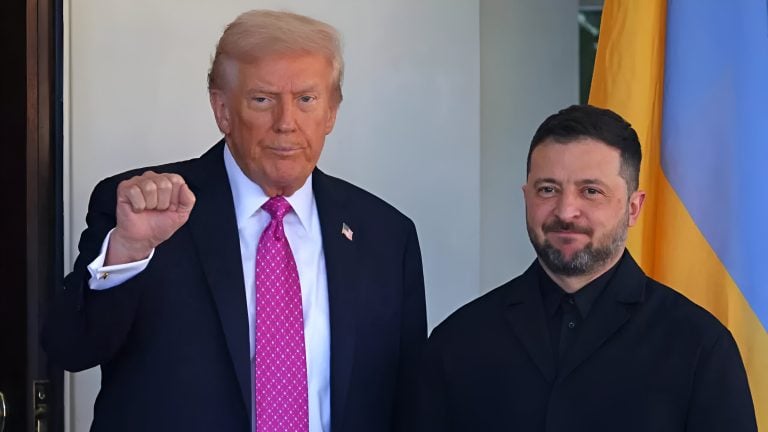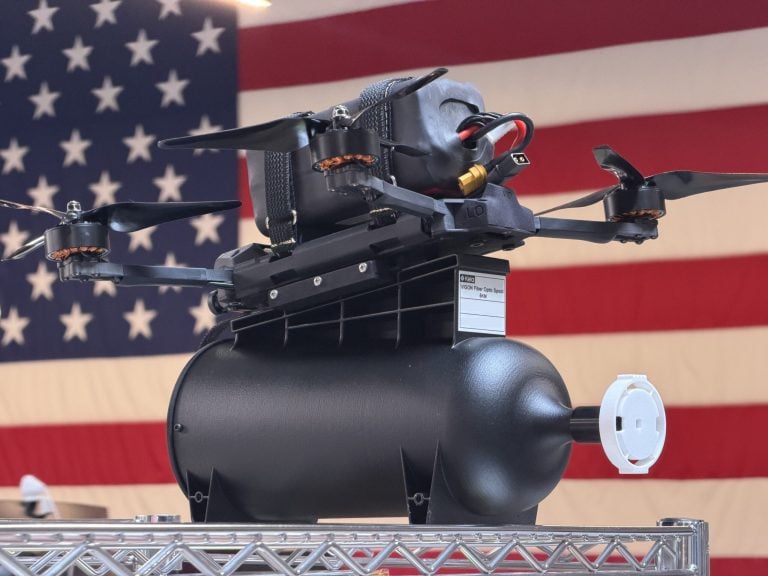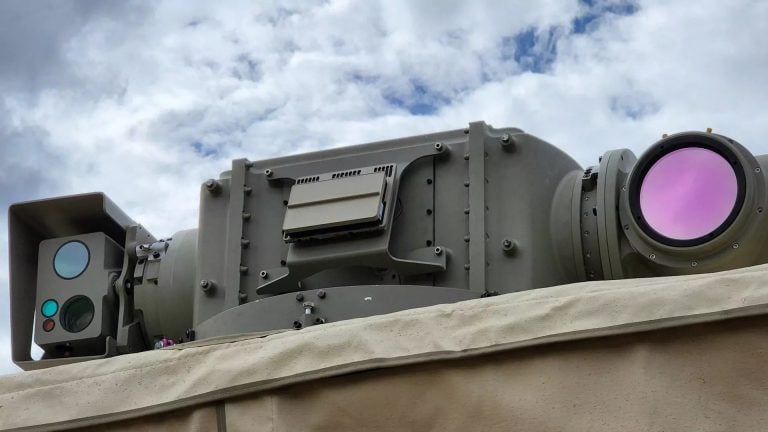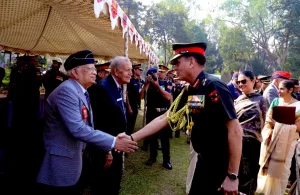Recruitment within the Canadian Armed Forces (CAF) has surged to unprecedented levels, with over 6,700 new enlistees joining in the past year, according to recent reports by Global News. This figure marks a remarkable 55 percent increase compared to the previous year and significantly surpasses the government’s target by more than 200 recruits, as highlighted by data from the Department of National Defence.
This upswing in recruitment is a result of numerous reforms aimed at modernizing the enlistment process, which officials believe will not only attract skilled Canadians now but also sustain recruitment efforts in the future. General Jennie Carignan, the Canadian Chief of the Defence Staff, expressed that these reforms are essential for maintaining a strong military capable of addressing both current and future security challenges.
In an effort to streamline the recruitment process, Ottawa has initiated several changes aimed at reducing delays and improving accessibility for prospective recruits. Notably, a newly introduced probationary period allows recruits to start their training while awaiting essential security clearance and other administrative checks. This provision means that recruits who fail to meet the necessary security, medical, or other standards will have their training halted, ensuring that only qualified individuals proceed in their military careers.
Additionally, the CAF has replaced the previous multiple-choice Canadian Forces Aptitude Test with a new Scored Employment Application Form. This form assesses candidates based on their education, experience, and skills, allowing for a more thorough evaluation and accelerating the recruitment process.
Further modernization efforts include digitizing application procedures and updating medical enrollment standards, which will enable all medically fit candidates to undertake basic training. These changes are designed to make joining the CAF more accessible, thereby bolstering Canada’s defense capacity.
The enhancements to recruitment align with Ottawa’s broader strategy to improve military readiness. Prime Minister Mark Carney recently announced that Canada would meet NATO’s defense spending target of 2 percent of its GDP this year, underlining the government’s commitment to revitalizing the military and ensuring the protection of the nation’s sovereignty.
